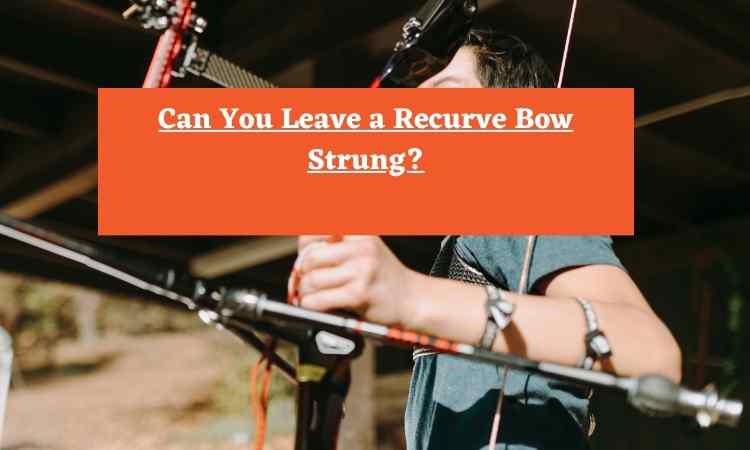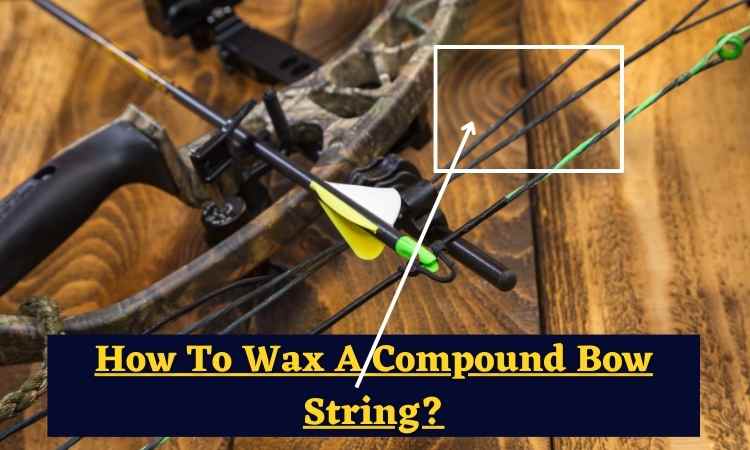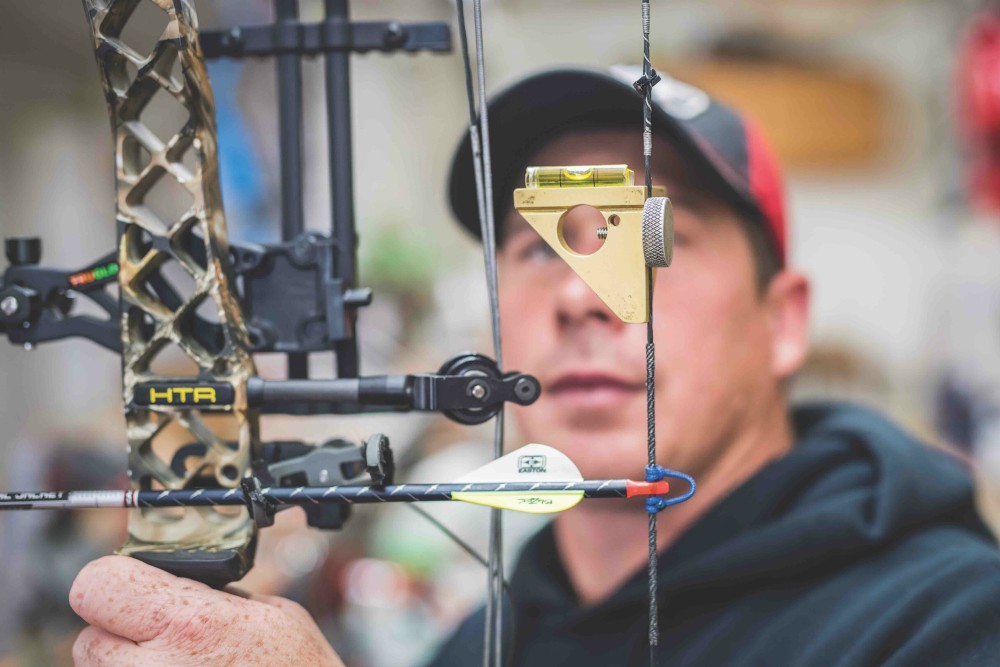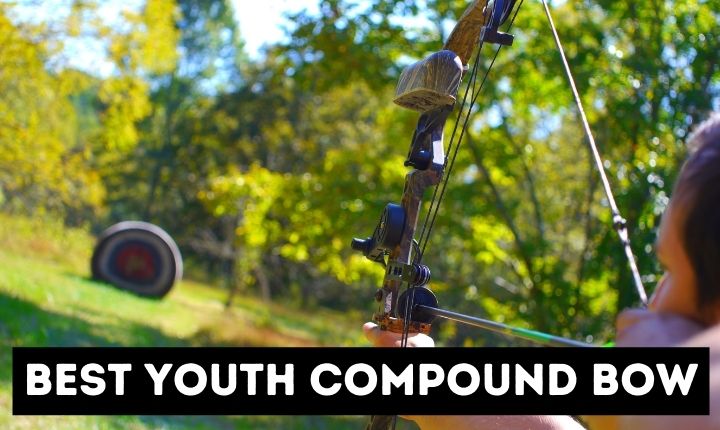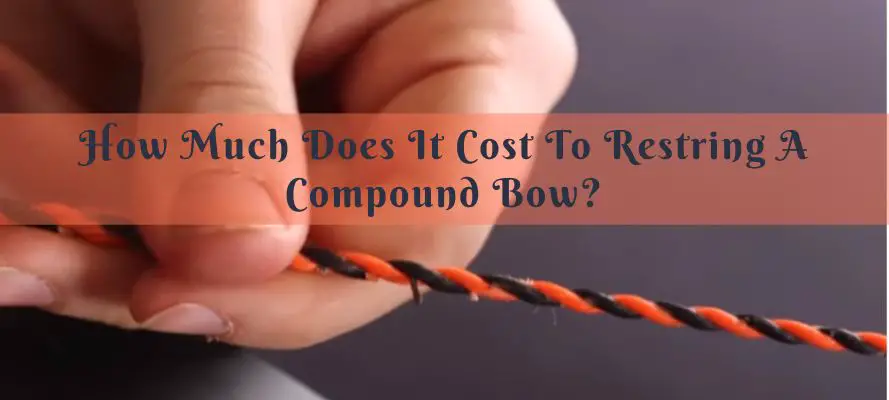Yes, you can leave a recurve bowstrung, but it is generally recommended to unstring the bow when it is not in use for extended periods. Unstringing the bow helps to relieve tension on the limbs, which can prevent potential damage and maintain the bow’s performance and longevity.
Leaving a recurve bow strung for a prolonged time can lead to increased stress on the limbs, which may result in limb twist, warping, or even breakage.
Factors such as temperature and humidity can further affect the bow’s integrity when it is continuously strung.
By unstringing the bow, you allow the limbs to rest and return to their natural shape. This helps to prevent any permanent damage and ensures the bow remains in optimal condition.
Additionally, unstringing the bow makes it easier to store and transport, reducing the risk of accidental damage.
It is important to follow the manufacturer’s recommendations regarding stringing and unstringing procedures for your specific recurve bow model.
Regularly inspecting the bow for any signs of damage or wear is also essential to ensure its safety and longevity.
In summary, while it is technically possible to leave a recurve bowstrung, it is generally advisable to unstring the bow when it is not in use for extended periods.
This practice helps to maintain the bow’s performance, prevent damage, and prolong its overall lifespan.
To know more depth answers for this post read on-
Is it safe to leave a recurve bow strung for long periods?
Leaving a recurve bow strung for extended periods is generally not recommended as it can pose risks to both the bow and the archer.
While occasional short-term stringing may not cause immediate harm, continuous string tension can lead to negative consequences.
First and foremost, leaving a recurve bow strung increases the chances of limb fatigue and potential limb twist.
Over time, the constant tension can cause the limbs to weaken, resulting in decreased performance and accuracy. A study conducted by the Easton Foundation found that leaving a recurve bow strung for several weeks led to noticeable limb twists and decreased arrow speed.
Furthermore, long-term stringing can lead to a bow “set.”
Bow set refers to permanent deformation in the limbs caused by continuous stress.
The limbs may develop a set position, resulting in reduced draw weight and altered shooting characteristics.
This can have a significant impact on accuracy and consistency.
In addition to the potential damage to the bow, there is also a safety concern for the archer.
A recurve bow under constant string tension has a higher risk of unexpected limb failure or breakage, which can cause injury to the archer or those nearby.
The Archery Trade Association strongly advises against leaving a recurve bow strung for extended periods due to safety concerns.
To maintain the optimal performance and longevity of your recurve bow, it is recommended to unstring it when not in use.
This allows the limbs to relax and reduces the risk of limb fatigue, twist, and set.
Proper storage and care, including using a bow stringer for stringing and unstringing, can help preserve the bow’s integrity and ensure safe shooting.
Can leave a recurve bow strung cause damage or warping?
Yes, leaving a recurve bow strung for prolonged periods can potentially cause damage and warp to the bow. The continuous tension on the limbs can lead to negative effects over time.
When a recurve bow is strung, the limbs are flexed, storing potential energy.
This tension can cause stress on the limbs, particularly if it is maintained for an extended duration.
Over time, the constant stress can weaken the limbs, resulting in damage or even limb failure.
One of the potential risks of leaving a recurve bowstrung is limb twist.
Limb twist refers to the misalignment or rotation of the limbs relative to each other. It can occur due to the uneven distribution of forces when the bow is strung for an extended period.
Limb twist not only affects the bow’s performance and accuracy but can also lead to limb damage and warping.
Warping is another concern when leaving a recurve bow strung for a long time.
The continuous tension can cause the limbs to deform or warp, resulting in changes to the bow’s shape.
It can lead to inconsistent shooting, decreased performance, and potentially irreparable damage to the bow.
How to tell if a recurve bow has been damaged by being left strung for too long?
If a recurve bow has been left strung for an extended period, there are several signs that may indicate damage or potential issues. Here are some common indicators to look for:
| Indicator | Possible Signs of Damage from Prolonged Stringing |
|---|---|
| Limb Twist | – Twisted or misaligned limbs |
| Limb Set | – Permanent deformation of limbs |
| Visible Damage | – Cracks, splintering, or delamination on the limbs or other parts of the bow |
| String Wear | – Excessive wear or fraying on the bowstring |
| Changes in Performance | – Decreased accuracy, inconsistency in arrow flight, or reduced draw weight |
The Dangers of Leaving a Recurve Bow Strung:
Leaving a recurve bow strung puts constant tension on the bowstring and limbs, which can weaken or damage the bow over time.
The continuous tension can also cause the string to snap or break, resulting in potential injury to the user.
The following table lists the potential risks of leaving a recurve bow strung:
| Risk | |
| Weakened or damaged bow | Constant tension on the bowstring can weaken or damage the bow, causing it to lose its effectiveness or break |
| String snapping or breaking | The bowstring can snap or break under the constant tension, potentially causing injury to the user |
| Injury to the user | If the bowstring breaks, the bow may snap back and hit the user, potentially causing injury |
How Long Can a Recurve Bow Be Left Strung?
The duration that a recurve bow can be left strung depends on several factors, including the temperature, humidity, and material of the bowstring.
In general, it is not recommended to leave a recurve bow strung for extended periods of time.
The following table lists the factors that can affect the duration that a recurve bow can be left strung and the recommended time frame for each factor:
| Factor | Recommended Time Frame |
| Temperature | It is best to avoid leaving a recurve bow strung in extreme temperatures, either hot or cold. If the temperature is between 40-80°F, it is generally safe to leave the bow strung for a few days. |
| Humidity | High humidity can cause the bowstring to stretch, resulting in the need for frequent adjustments. It is best to avoid leaving a recurve bow strung in high humidity for extended periods of time. |
| Material of the bowstring | Different materials have different properties and can affect the duration that a recurve bow can be left strung. For example, Dacron bow strings can be left strung for longer periods of time compared to Fast Flight bowstrings. It is important to consult the manufacturer’s recommendations for the specific material of the bowstring. |
How to Store a Recurve Bow When It Is Not in Use?
Proper storage of a recurve bow is important to ensure that it stays in good condition and is ready for use when needed. There are several options for storing a recurve bow, including:
- Bow case: A bow case is a protective cover that is specifically designed to hold a recurve bow. It provides protection from damage and is a convenient way to transport the bow.
- Hanging on a wall: A recurve bow can be hung on a wall using a bow hanger or a special mount. This option is convenient and helps to keep the bow out of the way when it is not in use.
Regardless of the storage method chosen, it is important to protect the bow from damage by keeping it away from moisture and extreme temperatures.
Reference
Easton Foundation. (n.d.). Proper Care and Maintenance of Recurve Bows. Retrieved from eastonarcher

General Manager & Auditorial Head.
Killian Jake is a World Sports Traveler and hobbyist sports lover. By exploring different sorts of playing modules like indoor, outdoor, and many more. As for professionalism and writing, it’s helpful to give you the right suggestions on different games and sports.

